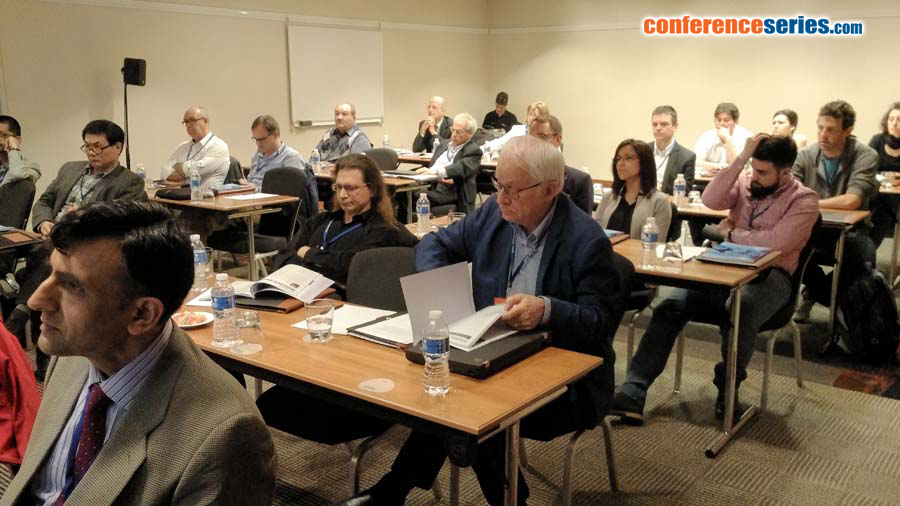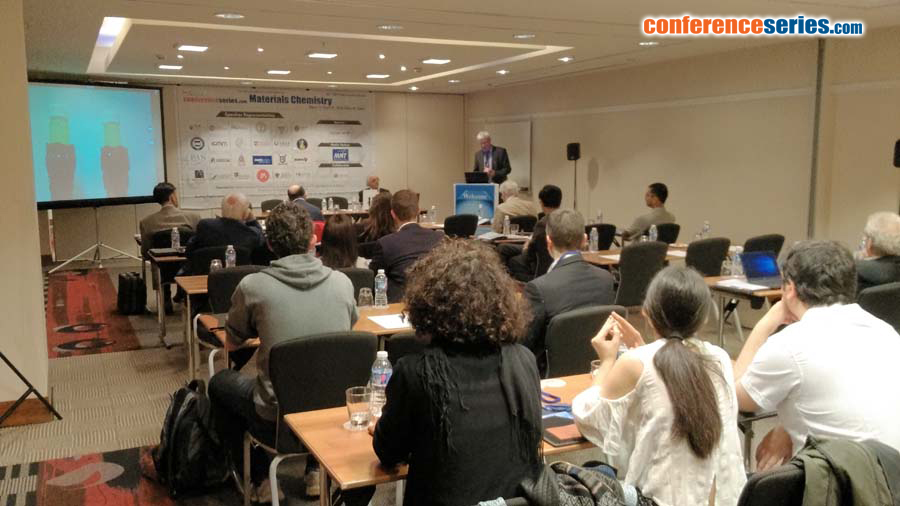
Narcisa Laura Marangoci
Petru Poni Institute of Macromolecular Chemistry, Romania
Title: Inclusion complexes of propiconazole nitrate with substituted β-cyclodextrins: Synthesis, characterization and in silico assessment
Biography
Biography: Narcisa Laura Marangoci
Abstract
Propiconazole is a triazole developed and marketed by Janssen Pharmaceutics (Belgium) as an antifungal pesticide. Protonated propiconazole nitrate (PCZH NO3), a derivative of propiconazole, was proved to have a better antifungal activity and lower acute toxicity, comparable to those of commercial azole drugs, which makes it a good candidate for clinical use. As most clinical azoles, PCZH NO3 has the major inconvenient of being hydrophobic, which severely reduces its bioavailability. To address this issue, the formation of a host guest inclusion complex with β Cyclodextrin (β CD) as a host carrier molecule was investigated, with good results. The main purpose of this study is to report the synthesis and characterization of the inclusion complexes formed by PCZH-NO3 with three substituted cyclodextrin (CD) derivatives, namely namely sulfobutylether β CD (SBE7 β CD), sulfated β CD (β CD SNa) and monochlorotriazinyl β CD (MCT β CD) and to to investigate them as new antifungal systems. The inclusion complexes were prepared using the freeze-drying method. The structures were confimed by Nuclear Magnetic Resonance spectroscopy (NMR), Differential Scanning Calorimetry (DSC) and in silico docking and molecular dynamics simulations. This study demonstrates the coexistence of two types of PCZH-NO3 inclusion into the CD cavity. The complexes with SBE7 β CD had the lowest dissociation constant values. Inclusion efficiency was close to 100%. Comparative in silico docking and molecular dynamics simulations were performed. The antifungal activity was assessed on Candida spp. and the cytotoxicity was assessed on Normal Human Dermal Fibroblasts (NHDF).




